It took me an inordinate amount of time to see social media as a networking and research tool. It wasn't until I moved from bustling Washington D.C. to a South Korean village— not knowing the language or anyone else in town— that I felt the need to turn to the internet for my connections. Before there'd always been someone or somewhere I could go to to talk chocolate. Somewhere where I'd find someone who just got it. In rural Korea, that place is the internet, and more specifically social media. It wasn't until I stepped out of the American privilege I was born into that I was able to see the creativity and ingenuity that social media has brought into our world.
In this article, discover just how small chocolate makers operating out of makeshift workshops have become the key players in a global movement towards better chocolate, and the role of social media in spreading that movement like melted chocolate on a marble tabletop.
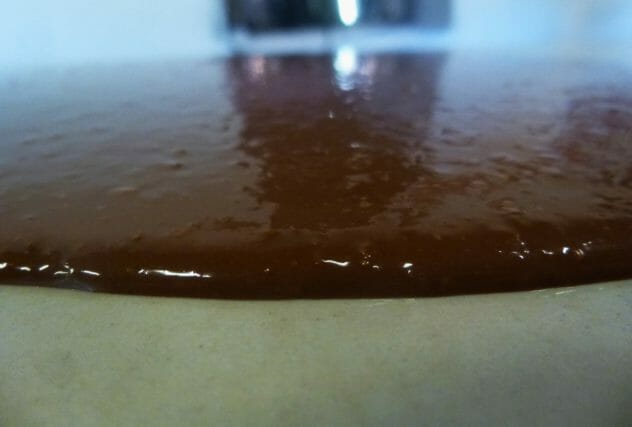
Jump To
The Slow Rise of Craft Chocolate
Most people would agree that the idea of craft chocolate began in San Francisco the 1990's, with Scharffen Berger Chocolate. But the movement of craft chocolate began when that same company was sold to the Hershey Company in 2005, and the headquarters were moved to Illinois. By that time several other North American chocolate makers had opened up shop, drawing inspiration from Europe and each other. In fact, the mid-2000's saw the creation of a half dozen makers who are still around today, and whom in turn inspired another big wave of chocolate makers.
This second and much bigger group of makers comes from around the world. But it's the makers who started in 2012 or later who are most relevant to the social media-craft chocolate connection. These are the third and fourth wave makers who've evolved their businesses alongside social media, disrupting the chocolate industry much more than the niche forums of the late 1990's and early 2000's.
Because even though the internet has shifted distribution and contact channels from retail and mail-in orders to online, social media platforms have been the human touch that the internet needed. Searching for things and places has long-been a specialty of the medium, but it's the searchability of people that's changed the game. Once our Internet speed and capacity increased, smartphones became the standard, and social media platforms scaled around the world, that's when craft chocolate began to explode.
How Social Media Changed Chocolate
With a high speed device at your side and social networks connecting us all the time, the world became a lot smaller and a lot more human. Suddenly you could share words and pictures about your life or brand with anyone. You could build a reputation, and in many cases a living, off the back of these platforms. Facebook set the standard with its business pages, Twitter connected people in similar fields, and now Instagram is connecting everyone to each other.
There's never before been so much access to so much content. Yet if you can get heard over the noise & your content is good: you will win. This has been and will continue to be the key to craft chocolate's growth. Social media's not universally good, but it's certainly been a boon for craft chocolate, bringing with it an incomparable set of tools for human connection & creativity, something necessary in a widespread industry like chocolate. There are four main ways in which social media has changed the chocolate game, each one discussed in-depth below.
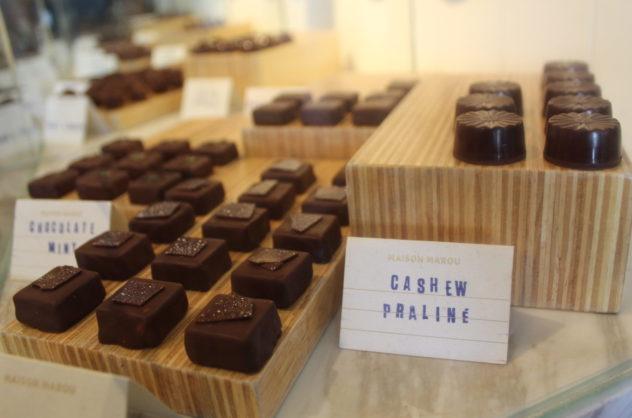
Improved Communication at Scale
The Internet has allowed previously local-only businesses & personalities to be seen, heard, and tasted globally by changing the medium and scale of distribution.
Instead of a few radio stations or several corporate TV stations controlling who sees what and where, not only can anybody post onto the thousands of platforms built upon the internet, but anyone can build one. This in turn echoes the craft chocolate movement, both having started with a few major corporations and then slowly migrated the attention towards the makers and channels of the future. Just as various social media has siphoned attention & dollars from TV and radio via the desire for community, craft chocolate has come together to shift the rhetoric and perception of chocolate.
In many ways, the craft chocolate movement is a representation of modern society's interconnectedness and fascination with each other. Just as social media encourages actually being social within your community, so does craft chocolate— through interaction with the chocolate, with each other, and with every step of making it. Nowadays the community just happens to be global, not just local. With the sole asset of consumer attention, your goal on social media is then to attract some of it. This is what small-batch chocolate has done.
The transparent global nature of the small-scale chocolate industry that we often call "craft chocolate" has slowly shifted consumer attention and dollars over to the small side. As people become more educated about the beliefs and practices behind their favorite brands, they not only continue to pay attention, but they tell their friends about it and multiply the eyeballs.
This improved level of communication also extends to access to academic information on growing cacao, chocolate making, the nutrition of cacao, and chocolate marketing that was previously much harder to distribute at scale. Yet it's now made its way from the bowels of the internet and into the captions on our Instagram posts.
Speeds Up Creativity
With all this attention also comes a lot more honesty and collaboration. As more people watch you and others in your community, oftentimes joining the conversation, many more join the global family of chocolate makers and writers, and that's wonderful. We need more unique voices. But this can mean that people fight to be heard, which is actually not a bad thing. Making chocolate and writing about chocolate is not only hard work, but it gets expensive.
You need to be able to continue working on it even if nobody is listening, because that's the passion that craft chocolate deserves.
This passion and competitive spirit is what drives the creativity that's helped diversify cacao from just the raw material of chocolate into a material of pure fascination. It brings people into shops in search of a product and the story behind it, changing both businesses and consumers. Social media connects and teaches passionate creatives about chocolate while spurring them to continue improving their knowledge, skills, and perspective. At the same time, it proves to people around the world that success in this industry can happen for anyone, as long as they put in the work.
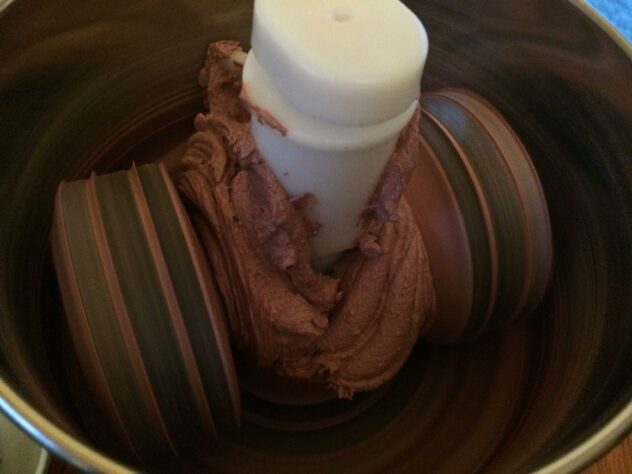
Made Branding Human Again
Decades ago, we had all these brands named after humans, and sold and marketed by humans. But then conglomerates and big corporations came along and people loved it because automation made their lives easier and cheaper. But it came at a price. Johnson & Johnson, Hershey's, Ford— it's hard to believe now, but all of these are named after real people, who were the faces and drivers behind their companies.
These days we're coming back around to a more human era for brands, a move that's being expressed at all levels of society, from politics to the food we eat. For small chocolate companies, this is a huge advantage. Consumers are realizing that by choosing ecologically- and socially-sustainable companies, they're more deeply supporting the local community and positively reinforcing the people and the beliefs behind those brands.
They see the humans planting and harvesting the cacao, processing cocoa beans, making chocolate, and greeting them at the door of the shop. Even if not all of these aspects appeal to consumers and some of the content sucks, people rarely linger on such things. They're important; don't get me wrong, but there are many more opportunities to really touch people.
Social media now allows brands to share their unique lives and share in those of others, giving endlessly in addition to the very occasional ask (for an in-person visit, feedback, buy, etc.). Unlike TV commercials, direct mail, newspaper ads, and any other one-way communication you may have shared ten years ago, customers are now invited into businesses to witness all the work that goes into it. The key to success in those interactions is transparency, showing off all the people that make a company run, whether they number two or two hundred. Play to those strengths.
"People will forget the words you said and the clothes you wore, but they'll never forget the way you made them feel."
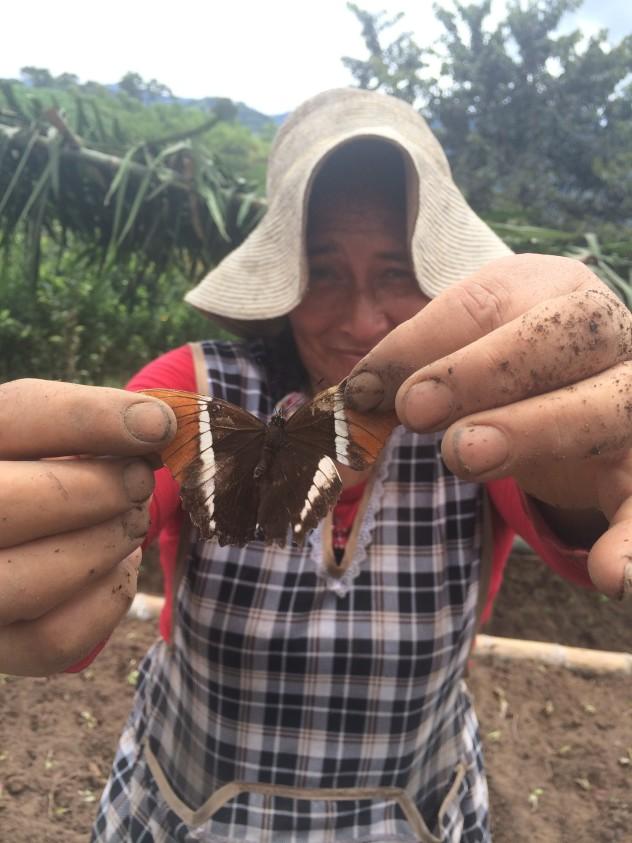
Challenged the Norms
Social media is an animal of its own.
Just creating & running these platforms employs thousands of people, with millions more making a living directly or indirectly from them. Craft chocolate has not been immune to this change, catalyzing an amplification of the types of jobs within the chocolate industry. There's no longer just chocolate companies, cook book authors, and chocolatiers, but also cacao farmers-turned-brands, social choco-preneurs, chocolate influencers, chocolate writers, and small-scale consultants. You could start a business for less than your rent that month (though maintaining it is a different question).
This flip has made small-batch chocolate & cacao more appealing to young people, in turn. The empathy that millennials and Gen Z have is not only a good sign for the future of our world, but it's also a great sign for people in the chocolate industry. Millennials grew up in a world where their lives were heavily documented, where the atrocities happening around the world were made to feel like they were happening in their hands, on their phones; we saw life in real time. We didn't read about it the next day or see it on TV that night. We got a push notification on our iPhone and heard about the most recent global event mere minutes after it happened. That's the case for everybody now.
As a millennial, I can say confidently that we love the real and raw content that comes from documenting the process of an ethical business, and we certainly have the buying power to merit a spot on your radar. On the other hand, the age of Instagram has made chocolate makers and chocolatiers focus more on the appearance of their products. Again, not wholly a bad thing.
Social media has brought a desire for better food and more connection to the forefront of our minds, both as makers and consumers. All of us may have had this idea that we want to eat healthy and ethical foods, but we didn't really vocalize it until it was made an option. Instagram publicized the need for home chocolate making equipment, and the desire for vegan, organic, ethical, soy-free, paleo, you-name-it chocolates by proving that there's a market for it. If you can create it & it's good, then you can market and sell it online.
Social media is modern networking & business development, in every aspect.
The Future of Social Media in Chocolate
The relateability of chocolate is both a tool and a disadvantage for those working to shift how we eat and think about chocolate.
As the payout for having a big social media presence and the value of influencers & ads is slowly recognized by big chocolate companies, the social media landscape for small chocolate will definitely change. Some larger companies in Asia are already taking advantage of the bean-to-bar movement and what it stands for, most notably the Japanese companies of Meiji and Lotte. They’re using social media to propagate their “bean-to-bar” chocolate lines, trying to piggyback upon the hard-won education of the public as to what, exactly, constitutes quality chocolate. Soon this will translate into influencers and social media ads becoming over-priced, just like the billboards we no longer notice.
Maybe we’ve relied too much on the terminology, like "bean-to-bar," "craft," and "ethical." But that’s tough to state, because the highly abused “natural,” “premium,” and “artisanal” no longer seem to capture the transparency of craft chocolate. The small-scale, human-centric image of craft chocolate is valuable because it's real. Over the years the growth of craft chocolate has not only birthed chocolate makers, but it's given farmers around the world the chance to present themselves as a brand, or have their origin or cooperative presented as a brand. This transparent little corner of the market empowers farmers to use cacao for chocolate as well as other products: liquors, soap, lotions, health food mixes, food flavoring, etc.
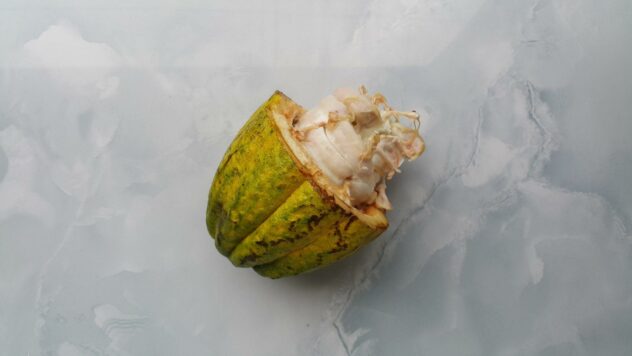
Craft chocolate is changing the face of chocolate from a metallic-wrapped chocolate-flavored drop to those of actual farmers. Therefore moving forward, it's important to use individual connection with consumers as an asset. When you get a comment or a message or a tweet, respond. Turn one fan at a time, while remembering that you'll never be able to get to everyone. There's a reason McDonald's is still so popular.
It's the individuality and the artistry which sets craft chocolate apart from convenient store candy bars. If utilized properly, social media can be turned into opportunity. There's now genuine effort on the part of consumers to promote ethical, sustainable chocolate, making them feel like a part of the industry rather than apart from it. Social media, quite simply, has given craft chocolate a standard and an audience. It's a portfolio and a resume and a networking space.
At it's core, social media has broken down the barriers to communication on a global scale, and allowed people to carve out their own place in a massive industry that's been stagnant for far too long.
How are you using social media to change chocolate for the better?
Read Part 1 of my ongoing Chocolate Marketing 101 Series HERE.
If you found this article interesting, please pin it!













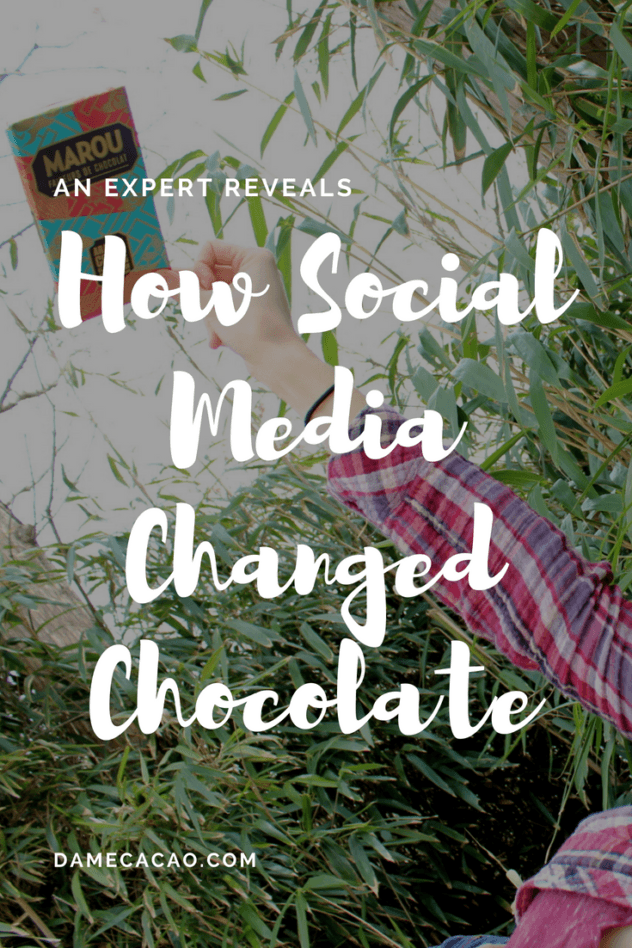




Ron Milewski
I am happy to see people learning about fine chocolate. Having said that, I am interested in making better chocolate, the occasional new variety, and enjoying the wonders of making chocolate. Every day I face the choice of how to use my time, and sometimes that comes down to making chocolate or marketing(social media). I usually choose making chocolate. Admittedly I have no ambition to grow my business much at this point. I really enjoy my time with customers and making chocolate. But I am happy that other chocolate makers are using social media so I can learn more every day!
Max
I'm so happy, too, Ron! There's definitely a balance involved in running any business, so as long as your chocolate making isn't your main source of income, it certainly makes sense to focus much more on improving your skills and talking to your community!